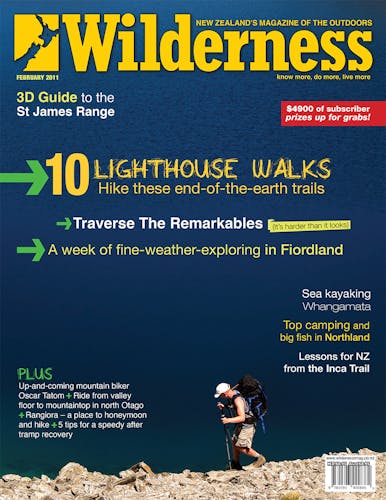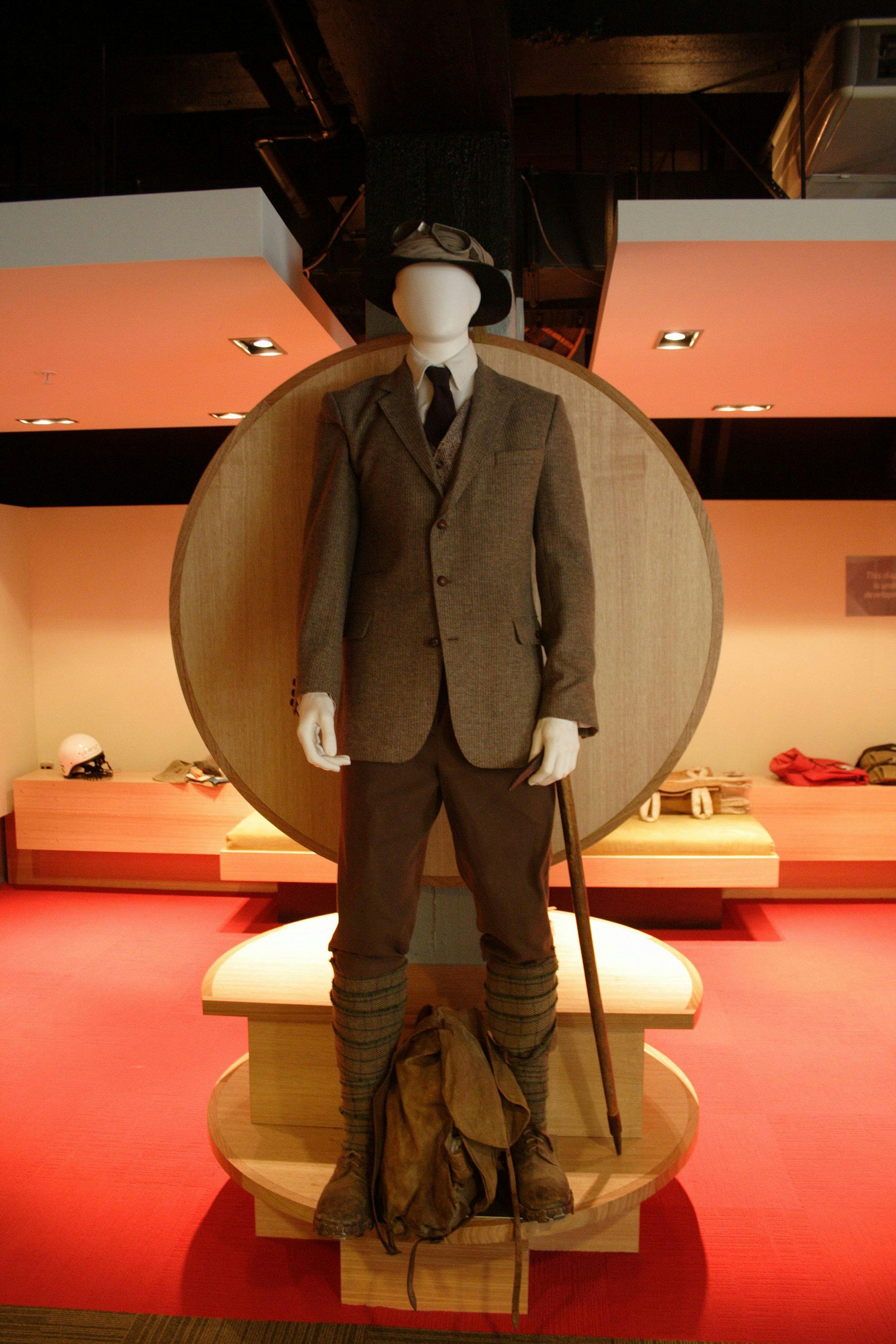Outdoor clothing has always had the same goal – to keep you dry
The nineteenth century British fashions for clothing were followed fairly closely by New Zealanders. Period photographs of men and women shown wearing seemingly formal clothing in bush and mountain settings was, in fact, normal.
In 1919 Britain, Alpine Club President, Percy Farrar writing for the Mountain Craft manual on suitable stockings, puttees, waistcoats, breeches and knickerbockers noted that for women: ‘The skirt is still often looked upon as a necessity in the Alps, but it is discarded early in an ascent’ (they wore breeches underneath). Most of the clothing decreed as necessary was heavy woven woolen tweed, treated with the waterproofing chemical alum.
The remoteness of New Zealand from the social constraints of Great Britain did see conventional clothing dropped in certain circumstances. Cowan, the ethnographer, in a piece entitled Bush Fashions wrote ‘After 1868 practically all the military forces in the field left their trousers in barracks and took the bush trail wearing the waist-shawl like the Maori rapaki. At a later day many of us, when bush-traveling, resorted to the kilt, in the form of a bit of blanket or a small shawl, and found it a capital fashion for rough work, and particularly river-crossing in such places as the King Country bush before it was roaded and bridged’.
Maori, whom those military where chasing through the bush, had figured out a thing or two over centuries of dealing with damp conditions in Aotearoa. Notably, that skin is waterproof and generally you’ll be warm if you keep moving. Barry Brailsford, author of Greenstone Trails, states ‘Minimum clothing was worn on the trail. The ‘poncho’-type cloak was ideal because it left the lower body bare and better able to cope with rivers, swamps and tides’. A rain shedding garment of flax, the pake was worn interchangeably around the waist as a piupiu kilt or across the shoulders as a cape.
George Roberts, later Westland’s Chief Surveyor, recorded Maori wearing leg protection: ‘They wore socks or leggings made of different materials, and plaited carefully and close, or in a hurry, loose, as it suited them. They were generally made of tussock-grass’.
European explorers and bushmen wore puttees: a long narrow piece of cloth wound tightly and spirally around the calves, to protect them and stop mud getting into their boots. Patti is the Hindi word for bandage, and wearing them had been adopted as uniform by infantry and mounted soldiers from several armies. For trampers the puttee gave way to a looser canvas and later synthetic gaiters, covering the entire calf or cut shorter to cover the boot tops.
Demand for practicality saw 1920s ‘pleasure trampers’, men only, wearing shorts as they had as school boys. For women, the challenge to do so wasn’t taken up until the end of that decade. Generally the cotton shorts worn on the rugby field ended up being worn by trampers. The leg length varying as fashions changed – longer in the early 20th century, shorter mid century. In the 1960s, nylon shorts became popular for their quick-drying and light weight, their length paralleling the miniskirt.
Woolen farmer’s shirts, particularly the Swanndri brand registered in 1913, were adopted as being eminently practical. Proven to do the hard yards on the farm, it would do so in the bush too. The shearing shed gave trampers another icon, the black woolen shearer’s singlet. The ‘Swanni’ and singlet were a popular ‘bush uniform’ throughout the 50s and 70s.
The Swanni was water resistant but in torrential rain you needed more. Welcome the black ‘Japara’ parka. The name is a trademark of a British manufacturer of waxed cotton clothing. Waxed cloth had been used by mariners in Britain from the 1800s, but it was a newly developed variant – japara – sent to be tested in the colonies that proved a resounding success. Japara held prime position for protection from downpours until the mid 1960s with the introduction of plastics for clothing, particularly PVC (polyvinyl chloride). Still made today, they’re great for keeping the rain off but typically became clammy from condensation.
As young men and women in the 60s and 70s headed for the hills in cotton ‘tank tops’ and rugby shorts, increasing deaths from exposure (hypothermia) saw the slogan ‘Traveling Light Can End Up Heavy Going’ used by the Mountain Safety Council. Most now recognise the limitations of cotton clothing.
Popularisation of fast drying and insulating synthetic materials, like polypropylene and polar fleece occurred from the 1970s and largely replaced wool as upper body garments until development of fine merino weaves in the 1990s sparked a revival of wool’s reputation.
High-tech synthetics have proved most popular for contemporary outerwear, with manufacturers promoting breathability, durable water repellency, seam sealing, the benefits of various coatings or impregnations and so on.
Modern clothing technology has made bush and mountain life much easier, even if it’s a little tougher on the pocket.
Quoting Farrar again, ‘Remember, if you do not want to feel cold, avoid getting hot’.
– Ross Millar







